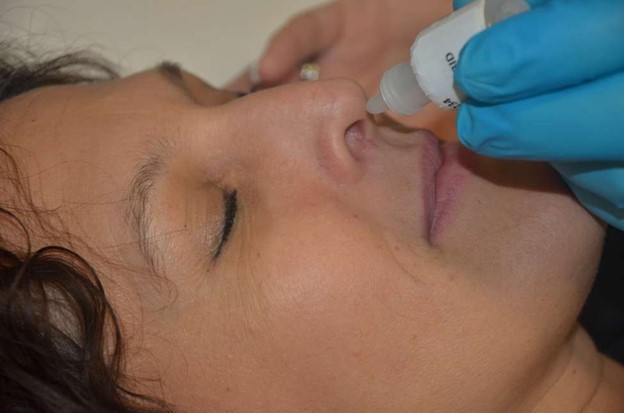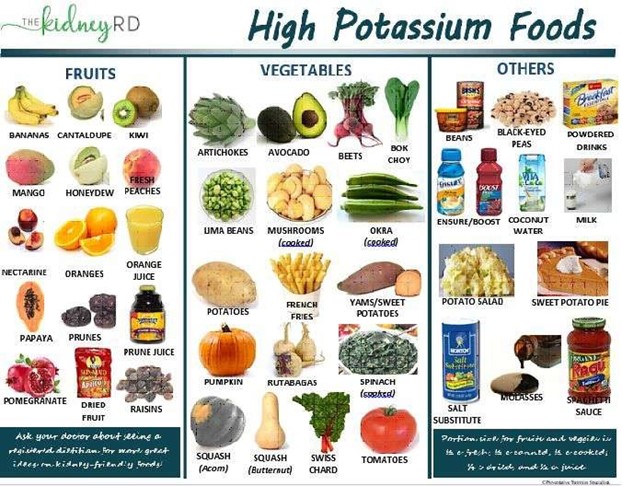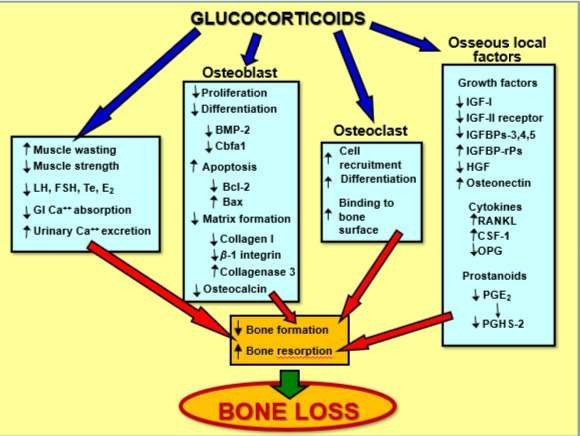A nurse is teaching a client who has pernicious anemia to self-administer nasal cyanocobalamin.
Which of the following information should the nurse include in the teaching?
"Administer the medication into one nostril once per week.”
"Lie down for 1 hour after administering the medication.”
"Use a nasal decongestant 15 minutes before the medication if you have a stuffy nose.”
"Plan to self-administer this medication for the next 6 months.”
The Correct Answer is A
Nasal cyanocobalamin is a form of vitamin B12 that is used to treat pernicious anemia.

It is typically administered once per week into one nostril.
Choice B is wrong because there is no need to lie down for 1 hour after administering the medication.
Choice C is wrong because using a nasal decongestant before administering the medication is not necessary and may interfere with the absorption of the medication.
Choice D is wrong because the duration of treatment with nasal cyanocobalamin varies and should be determined by the provider based on the client’s individual needs.
Nursing Test Bank
Naxlex Comprehensive Predictor Exams
Related Questions
Correct Answer is A
Explanation

Spironolactone is a potassium-sparing diuretic that can increase potassium levels in the blood.
It is important for clients taking spironolactone to limit their intake of potassium-rich foods to prevent hyperkalemia (high potassium levels).
Choice B is wrong because “I will take the medication on an empty stomach,” is not the correct answer because spironolactone can be taken with or without food.
Choice C is wrong because “I will use salt substitutes in place of table salt,” is not the correct answer because many salt substitutes contain potassium and can increase the risk of hyperkalemia.
Choice D is wrong because “I will double up on my medication if I miss a dose,” is not the correct answer because it is not recommended to double up on medication if a dose is missed.
Correct Answer is D
Explanation

Prednisone is a corticosteroid that can be used to treat rheumatoid arthritis and other conditions by reducing inflammation and suppressing the immune system.
However, long-term use of prednisone can cause side effects, including bone loss.
Choice A is wrong because liver toxicity is not a common side effect of prednisone.
Choice B is wrong because hypoglycemia is not a common side effect of prednisone; instead, elevated blood sugar is a possible side effect.
Choice C is wrong because hemolytic anemia is not a common side effect of prednisone.
Whether you are a student looking to ace your exams or a practicing nurse seeking to enhance your expertise , our nursing education contents will empower you with the confidence and competence to make a difference in the lives of patients and become a respected leader in the healthcare field.
Visit Naxlex, invest in your future and unlock endless possibilities with our unparalleled nursing education contents today
Report Wrong Answer on the Current Question
Do you disagree with the answer? If yes, what is your expected answer? Explain.
Kindly be descriptive with the issue you are facing.
